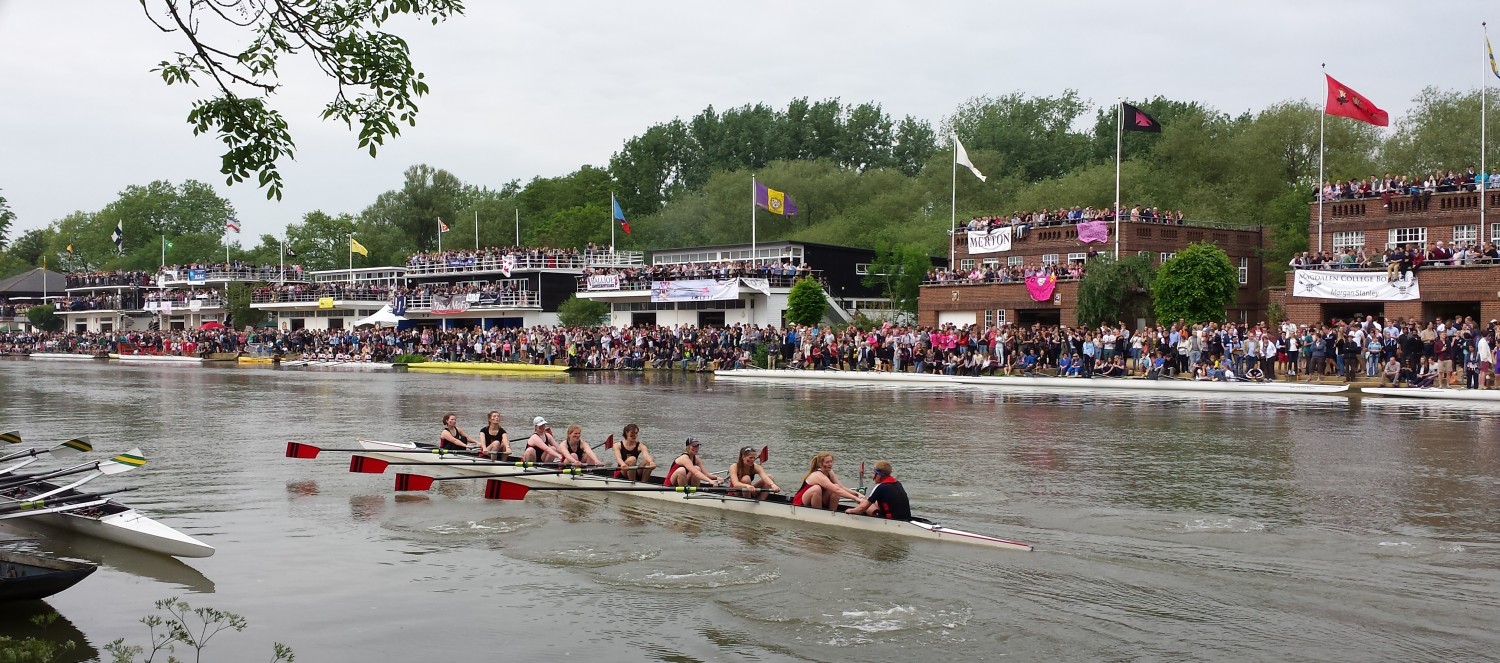“The Furnace” and why rowers should learn to work there.
By Howard Aiken
This is being written on Hallowe’en – so I thought it might be interesting to focus briefly on the scariest aspect of rowing:
The Furnace?
It was named “The Furnace” by a member of our women’s squad, but it is a place all rowers come to know. It is a description of the physiological and mental stress rowers encounter when working at close to maximum effort for an extended period of time either during a race or during training. It is hot in The Furnace, there is very little air, and inevitably, you will be in pain. The Furnace arises from the physiology of exercise beyond the ‘aerobic threshold’ where the muscles are producing lactic acid faster than the rest of the body can metabolize it, so it builds up in the muscles and the bloodstream. This pain often takes novice rowers by surprise. Where in other sports the athlete might consider slowing down, in a crew boat they have no option but to continue – locked as they are into the pace set by the rower in the stroke seat – until they cross the finish line. And that can be very frightening indeed.
From the coach’s point of view, once the technicalities of rowing together have been worked through, The Furnace is the next big challenge. While very few rowers ever come to love The Furnace, every competitive rower must become familiar with it, must learn to work and think inside it, learn not just to survive it, but to function effectively within it. It is the coach’s job to ensure that his or her crew is accustomed to The Furnace, to the point where although it remains a challenge, it is no longer a place to be feared and avoided.
The familiarisation programme
The Furnace is never tamed – it exists at least as much (if not more) for elite rowers as it does for ordinary club rowers. Familiarisation involves pushing rowers into race-pace practice pieces over increasing distances to accustom them to the fact that despite feeling that they have to stop or they are going to die, they always survive. Once each and every crew member has understood that The Furnace is a temporary phenomenon, that the pain, no matter how bad, will go away, then they are ready to compete and win. Against the temporary pain, you set the permanence of the race result. The pain is temporary, the result is forever.
Working or just surviving?
A crew who have collectively learned to work in The Furnace has an enormous advantage over a crew who are only aiming to survive it. If you can retain your ability to think, to respond appropriately to changing situations and to do so as a crew rather than as individuals, you are far more likely to be among the winners than among the losers for at least two reasons. Firstly because if you have been training routinely in The Furnace then you have been training at a higher intensity than many of your competitors, who will visit it only occasionally. Secondly, being thoroughly familiar with the pain of The Furnace allows you to push that pain to the back of your mind – to defer it, if you will, until the race is over, rather than having it fill your mind to the exclusion of almost everything else during the race. A crew which is focussed on how much pain they are in, on “please-when-is-this-going-to-end?” is in survival mode, unable to respond to new information and unlikely to access the reserves of strength they would need to win.
As with many scary things in life, fear of The Furnace is mainly a fear of the unknown. Once you know it for what it is (and this is knowledge acquired through physical experience rather than intellectual effort) you can tame that fear, because you will be confident that you can survive it – and grow stronger because you survived.
Image courtesy of hdhqimg.com

